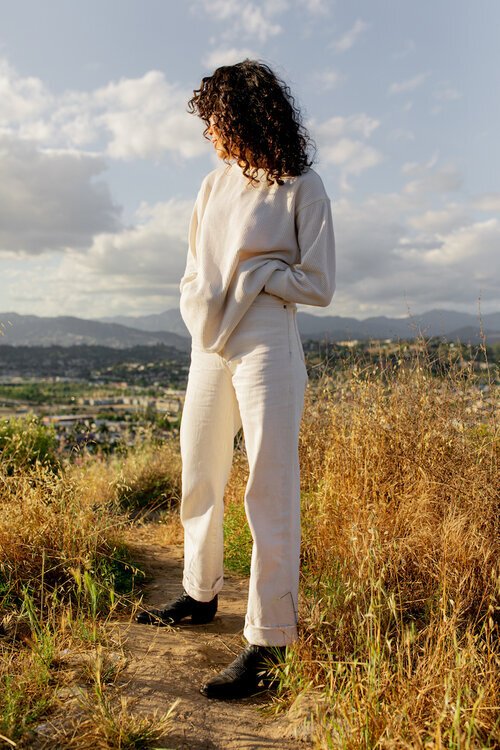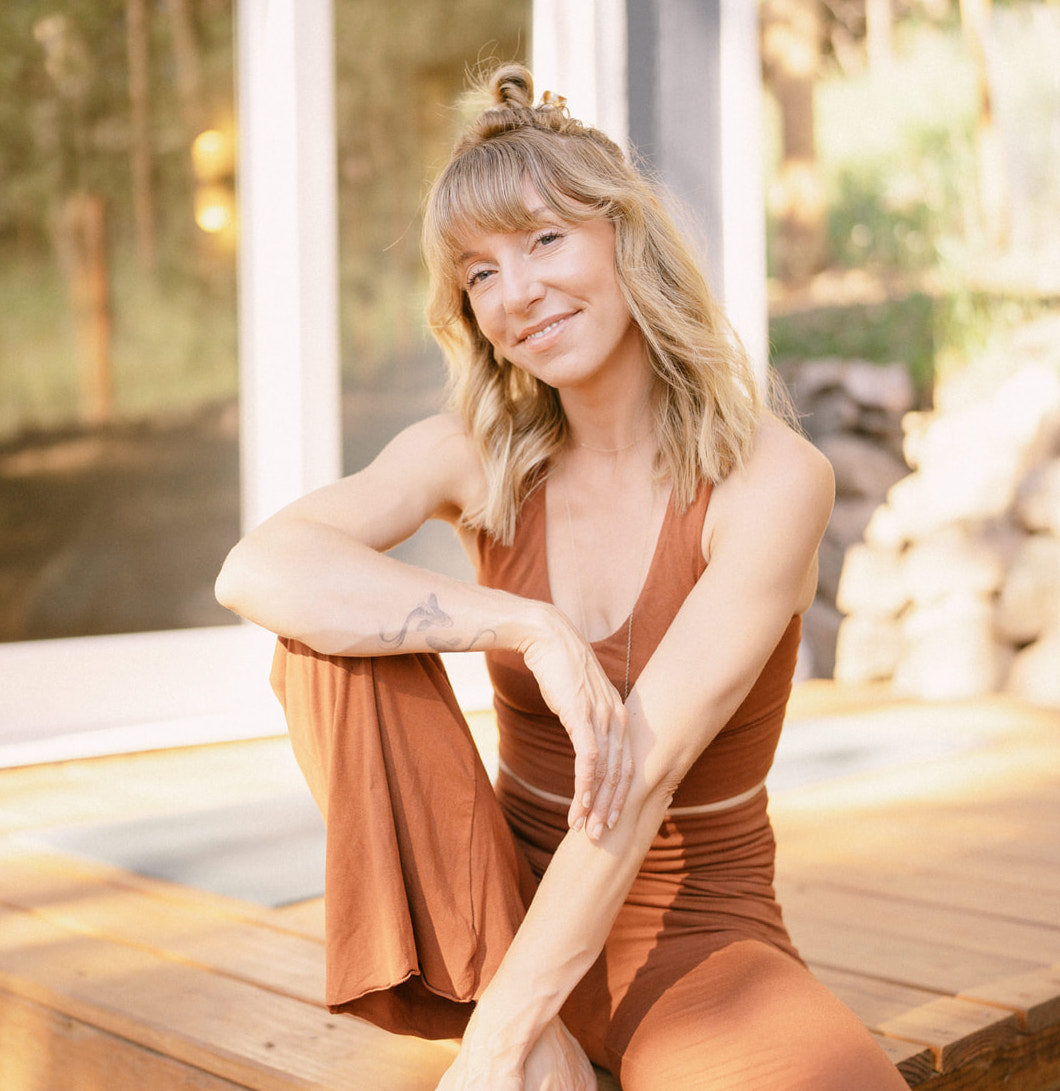
A Step-By-Step Guide To Walking Meditation
Walking With Intention
Those who know me will attest that I am a “fast walker.” It started when I was in high school; I liked to get to class on time. Now that I live in Los Angeles, my walking has only quickened; as anyone who lives in a city knows, the sidewalk edict is to keep the same pace as your fellow walkers. I find that there’s also a yearning to look hurried, like your final destination is very important. And though in high school I enjoyed looking like I had somewhere important to be, now, more times than not, I’m not actually going anywhere noteworthy.
“Why for so many years have I chosen to hurry through life when on my feet?”
This year has forced many of us to slow down and reflect on what we value and how we can be more intentional with our everyday life. During this time of social distancing, it’s been interesting to observe how I’ve cultivated a different relationship with walking. This is especially clear now that I’m not rushing from place to place. Why, for so many years, have I chosen to hurry through life when on my feet?
This is why I’ve started exploring how I can make walking a more meditative experience, one that matches the daily yoga and meditation rituals I use to calm my mind and body. For anyone else ready to dissolve the need to hurry, here are some of my favorite tips for turning walking into a more mindful experience.
Look Up
“When moving slow enough, your eyes will carry you where you need to go.”
When walking at your natural pace, notice where you direct your eyesight. If you find that you’re looking down at your feet, try turning your gaze upward. (Of course, make sure you’re not going to trip on the path in front of you.) When moving slow enough, your eyes will carry you where you need to go.
I love to look to the sky when walking. We often think that looking at the sky is only for those rare occasions when we lie on a blanket in a park. But I love looking at the shapes of the clouds, the birds flying, and silhouettes that tree branches make. The reality is: looking up and around is always available to us.
Listen To Your Surroundings
It can be easy to tune out the world around us as we move through it. Our minds want us to feel distracted as a way to protect us. But when we allow ourselves to be present to sounds, it expands our perception of the world.
“Consider where [the noises you hear] are coming from and observe how different sounds make you feel.”
Focus on the noises you hear, both the pleasant and unpleasant ones. Consider where they are coming from and observe how different sounds make you feel. Practice gratitude for the music that the world makes as all beings move through their existence.
Observe Your Pace
Slowing your walking pace brings attention to the world around you so that you can see the tiny details, the imperfections, and the beauty in our environments. You don’t have to have a destination in mind but consider having a route in advance so that your body knows where you’re headed and you don’t feel the urge to rush.
It may take time to find the meditative walking pace that works for you. First, challenge yourself to move less hurried. Then, adjust your speed with what feels natural with your breath. Notice if you start walking fast as your thoughts speed up. When this happens, bring the breath back and return to your mantra—we’ll dive into that more below—to help slow your pace.
Find Your Breath
Breathing happens on its own; we couldn’t survive without it. But how often are we unaware of our breath? Especially when walking, we tend to hold our breath.
“Slow your pace as a way to slow your breath.”
Practice taking a deep inhale with every step, and then an exhale in the next step. Connect your breath to the rhythm of your feet as they move. Notice how your breathing speeds up or slows down depending on your pace. Slow your pace as a way to slow your breath.
Walk Tall
We have a tendency to slouch. This happens because of how we often we now sit at computers and is even a subconscious act to protect our hearts. But walking tall invites us to open ourselves and lead with love. When we practice standing up straight, it also elongates our muscles, opens our chest, and cultivates confidence.
“Standing up straight…elongates our muscles, opens our chest, and cultivates confidence.”
Start by rolling the shoulders back down the spine and allow the chin to move away from the chest. This expanded stance also helps bring the eyes forward or up with more ease. When we stand up straight, we’re also able to breathe easier by opening the chest and lungs.
Use A Mantra
A mantra is most often used in Hinduism and Buddhism. It is a word or sound that helps focus the mind. There are thousands of mantras found in Eastern studies and rooted in anchoring thoughts. You can also create your own by repeating a word or phrase that feels comforting to you.
“Repeating a mantra while walking mindfully helps keep the mind from wandering.”
Repeating a mantra while walking mindfully helps keep the mind from wandering. It also brings the consciousness back to the present moment. I find mantras to be extremely helpful in bringing me into a meditative state of awareness.
Leave Your Phone At Home
Doing a walking meditation is the perfect time to be without technology, to be present in the world around you. Unless you’re using your phone to listen to meditative music or a guided meditation, consider leaving your phone at home to eliminate distractions.
If a walking mediation ritual sounds like a great fit for you, find time to walk with intention each day. Remember that meditation, like all things, takes practice, so I recommend exploring a style that works for you and the modalities that help in being present. Consider incorporating walking meditation into your day where you feel like you can relax the most. After some time, you may start to notice a more elevated, blissful version of yourself that you can carry with you wherever you go.
Have you tried mindful, meditative walking? 🚶♀️ Share you experience in the comments below!
RELATED READING
Courtney Jay Higgins is the Associate Editor at The Good Trade. She is also a Yoga Instructor, vegetarian, wellness and fashion enthusiast. Originally from Colorado, her soul found California when she came to get her degree in Visual Communications at the Fashion Institute Of Design & Merchandising. She has a background in telling a story through writing, creative direction and content creation. Check out her blog and Instagram for her unique perspective on the mergence of fashion and spirituality.

